





Woocommerce to Magento
Migrating your store from Woocommerce to Magento might seem daunting, but with proper planning and the right tools, it's a smooth process. Follow this step-by-step guide to ensure a successful transition.
Schedule a call
Step-by-Step Migration Guide: WooCommerce to Magento migration guide
Step 1: Preparation for Migration
In this step, we will prepare the WooCommerce store for migration by backing up data and setting up the Magento environment.
Step 2: Exporting Data from WooCommerce
This step involves exporting all necessary data from your WooCommerce store, including products, orders, and customer information.
Step 3: Preparing Data for Magento
In this step, we will format and validate the exported data to ensure compatibility with Magento's data structure.
Step 4: Importing Data into Magento
This step covers the process of importing the prepared data into your Magento store using the import feature.
Step 5: Configuring Your Magento Store
This step involves configuring essential settings in your Magento store to ensure it reflects your business needs.
Step 6: Testing Your New Magento Store
In this step, we will rigorously test the newly set up Magento store to ensure all functionalities are working as expected.
Step 7: Launching Your Magento Store
This step involves officially launching your new Magento store and monitoring its performance closely post-launch.
Power Your Step - Get in Touch
Contact us today to leverage our expert migration support and ensure a seamless transition from WooCommerce to Magento.
Step 1: Preparation for Migration
Preparation is crucial for a successful migration from WooCommerce to Magento. This phase ensures that you have a clear plan and all necessary backups in place to safeguard your data during the migration process. We will focus on two main tasks: backing up your WooCommerce store data and setting up your new Magento environment.
First, we need to back up your WooCommerce store. This involves creating a complete backup of your WordPress database and WooCommerce files. You can perform this task using the built-in backup tools provided by your hosting provider or through plugins like UpdraftPlus or Duplicator. The following steps outline how to accomplish this:
- Log into your WordPress dashboard.
- Navigate to your backup plugin settings.
- Select ‘Backup Now’ to create a full backup of your database and files.
- Store the backup files securely on your local machine or a cloud storage service.
Secondly, setting up your Magento environment is essential. You will need to purchase a hosting plan that supports Magento and meets the system requirements. Follow these steps to set up your Magento environment:
- Choose a reliable hosting provider that supports Magento (e.g., SiteGround, Bluehost).
- Install Magento either via the hosting provider’s one-click install feature or manually by downloading the Magento software from the official site.
- Configure your Magento installation, including setting up the database, user account, and store configuration.
By completing these tasks, you will ensure that your WooCommerce data is safely backed up and that your new Magento environment is ready for the migration process.
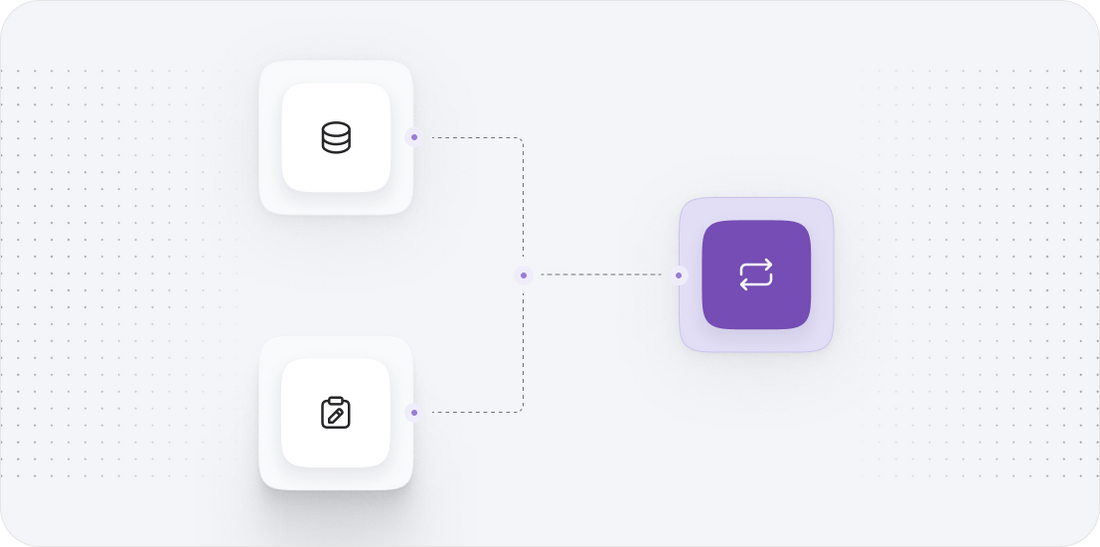
Step 2: Exporting Data from WooCommerce
Now that we have prepared our WooCommerce store and set up the Magento environment, it’s time to export the data that we need to migrate. The data we typically want to migrate includes products, customers, orders, and any additional information such as coupons and reviews.
To export your data from WooCommerce, you can follow these steps:
- Log into your WordPress dashboard.
- Go to Products and then All Products.
- Click on Export at the top of the page.
- Select the product data you wish to export, such as product name, SKU, price, categories, and more.
- Click on the Generate CSV button to download the product data as a CSV file.
Repeat the above steps for the following data types:
- Customers: Go to Users > All Users and export customer data.
- Orders: Navigate to WooCommerce > Orders and export order data.
- Coupons: Go to Marketing > Coupons and export your coupons.
Make sure to save all exported CSV files securely, as they will be used for the import process into your new Magento store. This step ensures that you have all necessary data to successfully migrate your store.

Step 3: Preparing Data for Magento
After exporting your data from WooCommerce, the next crucial step is to prepare and format this data to ensure it is compatible with Magento. Magento has specific requirements for data import, and ensuring that your CSV files meet these requirements is essential for a smooth migration.
Here’s how to prepare your data:
- Review the CSV Structure: Open each CSV file in a spreadsheet program like Microsoft Excel or Google Sheets. Ensure that the column headers match Magento's required format. For example, the product CSV should include headers like SKU, Name, Price, Description, and Category.
- Clean Up Data: Remove any unnecessary columns or data that you don’t want to import into Magento. This may include old product variations or irrelevant customer information.
- Data Mapping: Create a mapping document that matches your WooCommerce fields to Magento fields. This will help you during the import process to ensure all data is correctly aligned.
- Validate Data: Look for any anomalies such as missing SKUs, duplicate entries, or empty fields that could cause issues during the import. Correct any discrepancies to ensure data integrity.
Once your data is cleaned, formatted, and validated, you can proceed to the next step of importing it into Magento.
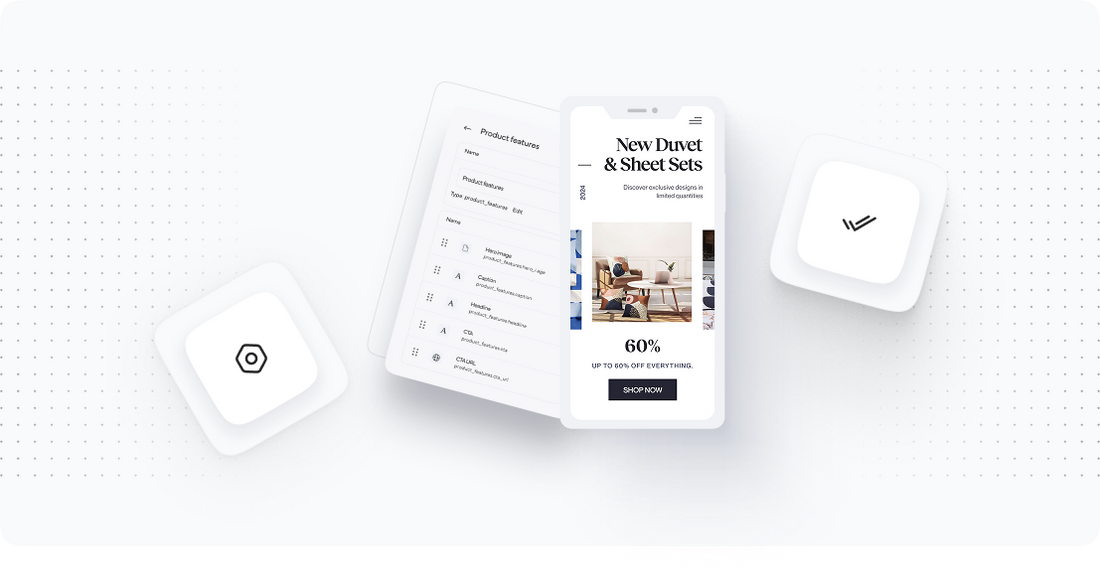
Step 4: Importing Data into Magento
With your data prepared and formatted correctly, it's time to import the data into your new Magento store. Magento provides a robust import tool that allows you to seamlessly transfer your product, customer, and order data.
Follow these steps to import your data into Magento:
- Log into your Magento Admin Panel.
- Navigate to System > Import.
- Select the entity type you wish to import (e.g., Products, Customers, Orders).
- Upload the corresponding CSV file that you prepared in the previous step.
- Map the fields as necessary to ensure they align with Magento’s data structure by using the mapping document created earlier.
- Once everything is mapped correctly, click on the Check Data button to validate the import.
- If there are any validation errors, address them as indicated and repeat this process until successful.
- After validation, click on the Import button to start the data import process.
Depending on the size of your data, the import may take some time. After completion, review the Magento store to ensure everything has been imported correctly.
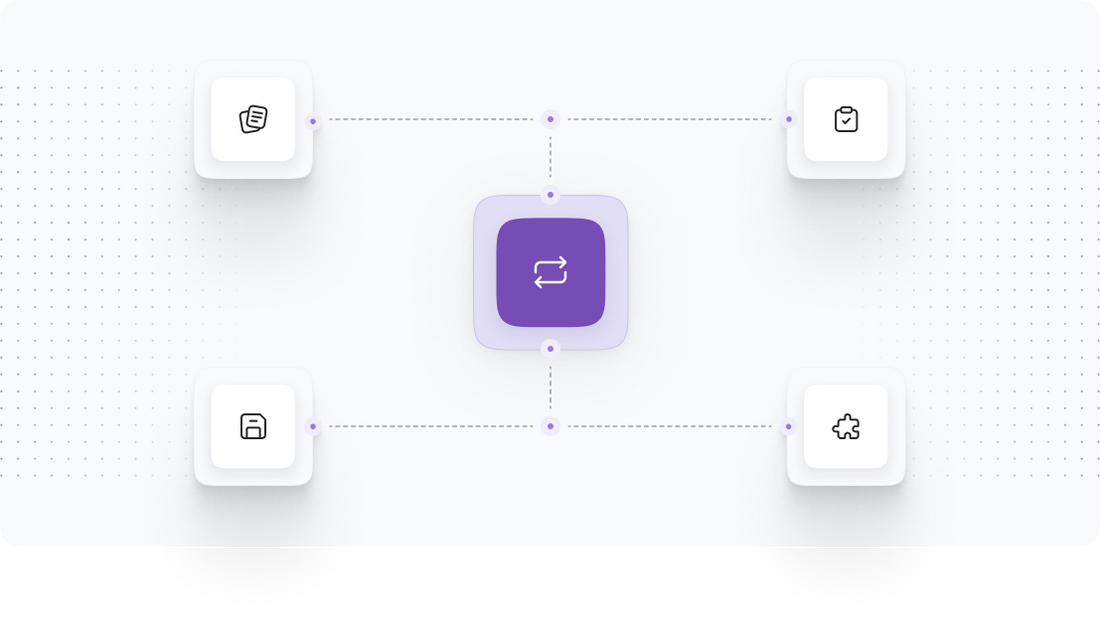
Step 5: Configuring Your Magento Store
Once the data import process is complete, the next step is to configure your Magento store settings. This includes setting up payment options, shipping methods, and other essential configurations that will enable your store to operate effectively.
Here’s how to configure your Magento store:
- Payment Methods: Go to Stores > Configuration > Sales > Payment Methods. Enable and configure the payment methods you wish to offer, such as PayPal, credit cards, etc.
- Shipping Settings: Navigate to Stores > Configuration > Sales > Shipping Methods. Set up your shipping methods and rates, ensuring they align with what you offered in WooCommerce.
- Tax Configuration: Under Stores > Configuration > Sales > Tax, configure your tax settings to accurately reflect the tax rates and classes applicable to your products.
- Store Settings: Adjust general store settings, including the store name, logo, and other branding elements under Stores > Configuration > General.
Ensure to save your configurations and review them to confirm that everything is set up according to your business needs.
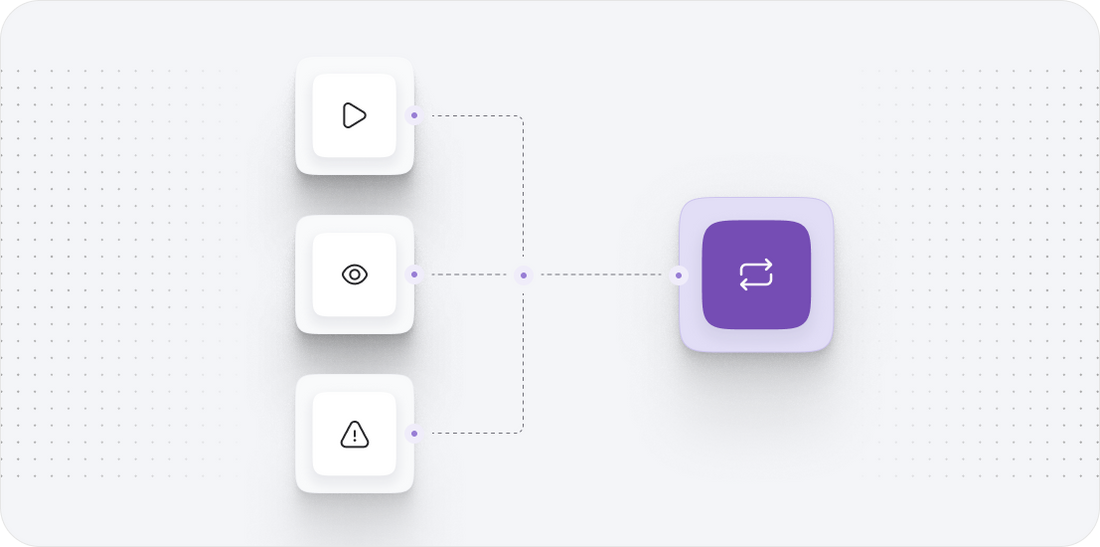
Step 6: Testing Your New Magento Store
Testing is a critical part of the migration process. It helps to identify any issues with functionality, data integrity, and user experience before going live. We need to perform several types of tests to ensure the Magento store operates smoothly.
Here’s how to conduct testing on your new Magento store:
- Functional Testing: Test all functionalities of your store, including the checkout process, product searches, filtering options, and payment methods. Ensure every feature works as expected.
- Data Verification: Cross-check the data that was imported, such as product details, customer information, and order histories. Ensure that no data is missing or incorrectly formatted.
- Performance Testing: Use tools like Google PageSpeed Insights or GTmetrix to measure page load times and ensure your site performs well under potential traffic conditions.
- User Experience Testing: Navigate your store as a customer would, checking for ease of use, navigation, and overall experience. Ensure the store is mobile-responsive and functions well on different devices.
Performing these tests will help ensure that your Magento store is fully functional and ready for customers. Address any issues that arise during testing before proceeding to launch.
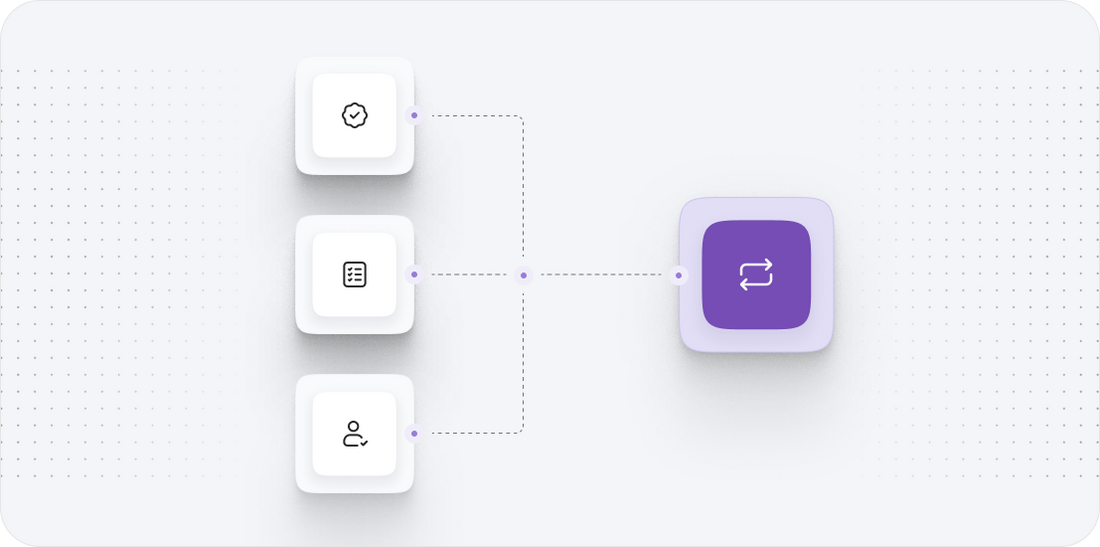
Step 7: Launching Your Magento Store
With testing complete and your Magento store fully configured, it’s time to launch your new store. Launching is a significant milestone, and careful planning can help minimize any potential disruptions to your business.
Here are the steps to successfully launch your Magento store:
- Schedule Your Launch: Choose a time for launch when your store experiences low traffic to minimize disruptions. Inform your team about the launch schedule.
- Update DNS Settings: If you're changing from a WooCommerce URL to a Magento URL, ensure to update your DNS settings to point to the new Magento store.
- Monitor Performance: After launching, closely monitor your store’s performance. Check for any issues with loading times, checkout processes, and customer access. Use analytics tools to track user behavior and site performance.
- Communicate with Customers: Inform your existing customers about the new store and any changes they should be aware of, such as account access or new features.
By carefully executing these steps, you can ensure a smooth transition for your customers to your new Magento store.

Power Your Step - Get in Touch
PowerCommerce is here to assist you with your migration journey from WooCommerce to Magento. Our expertise in ecommerce platform migrations ensures that your transition will be smooth, efficient, and successful. By partnering with us, you can minimize the risks associated with migration and maximize your store's performance on Magento.
Here are some reasons to choose us for your migration:
- Expert Guidance: Our experienced team will guide you through every step of the migration process, ensuring no detail is overlooked.
- Data Security: We prioritize the security of your data and ensure that it is handled with utmost care throughout the migration process.
- Post-Migration Support: We offer ongoing support after the migration, helping you troubleshoot any issues and optimize your new Magento store.
Ready to take the next step? Contact us today:
- Visit our contact page: PowerCommerce Contact
- Call us at 800-099-9090
- Email us at info@powercommerce.com
Let us help you power your ecommerce success!
Stay aligned on what's happening in the commerce world
Trusted by 1000+ innovative companies worldwide
Schedule Your Migration Today
For businesses prioritizing simplicity, scalability, and robust support, Shopify is the clear winner.
Looking to migrate without hassle? Power Commerce can handle the entire process, ensuring smooth data transfer, store setup, and post-launch success.
Marka Marulića 2, Sarajevo, 71000 BiH
00387 60 345 5801
info@powercommerce.com


